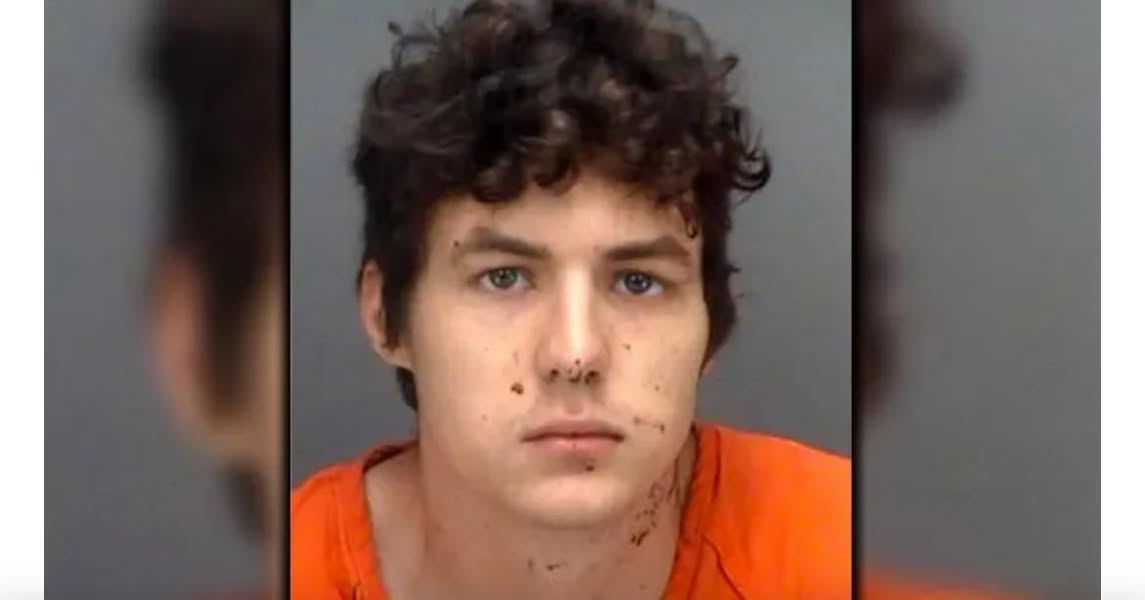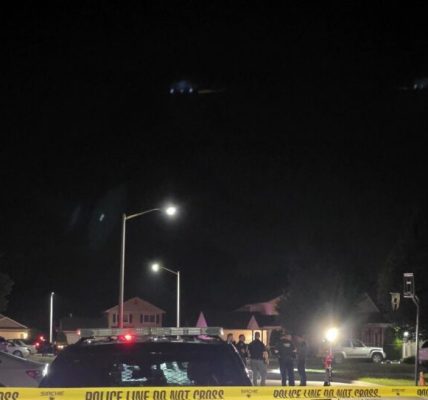A Tragic and Deeply Disturbing Case in Florida: The Confession of Sage Curry and Its Impact on the Community
A tragic and deeply disturbing case has come to light in Florida, shaking the local community to its core and reigniting urgent conversations about safety, mental health, and vigilance in our neighborhoods. The story centers around Sage Curry, a 19-year-old from Largo, Florida, who has reportedly confessed to a brutal and senseless crime that has left many reeling in shock and grief.
According to official statements and emerging reports, the incident began with what authorities have described as an act of predatory observation. Curry, allegedly exhibiting signs of premeditated behavior, is said to have stalked his victim for an extended period, studying their routines and identifying a vulnerable window of opportunity. The nature of this surveillance points to an unsettling level of calculation and intent, raising red flags about the perpetrator’s mental state and motivations.
What followed has been described by investigators as an act of unimaginable violence. While the specific details remain under investigation and are being released gradually due to the sensitivity of the case, it has been confirmed that Curry’s actions resulted in the death of an innocent individual—an act that has left the victim’s family and the broader community devastated. The loss is not only deeply personal for those who knew the victim but has also become emblematic of the broader anxieties many feel in today’s uncertain and often dangerous world.
Authorities acted swiftly after Curry’s confession, launching a comprehensive investigation into the timeline of events, the planning involved, and any warning signs that may have been missed. The confession itself, reportedly given with minimal resistance, has left many grappling with difficult questions. How could someone so young carry out such an act? Were there signs in his behavior that could have alerted someone before it was too late? And crucially, how can communities better protect themselves and intervene before such tragedies unfold?
Mental health experts have already begun weighing in on the case, suggesting that underlying psychological conditions may have played a role in Curry’s actions. However, they also emphasize that mental illness alone cannot fully explain such behavior and caution against making overly simplistic assumptions. The need for accessible mental health services, particularly for at-risk youth, has become a renewed topic of discussion among community leaders and local officials.
For residents of Largo and the surrounding areas, the impact of this crime has been both immediate and lasting. Vigils have been held in honor of the victim, with neighbors and friends expressing their grief, anger, and confusion. Many have called for increased community awareness programs, improved security measures, and stronger support networks for individuals showing signs of distress or isolation.
Law enforcement, too, is taking this case as a wake-up call. In a recent press conference, Largo Police Chief underscored the importance of community cooperation in identifying suspicious behavior and encouraged residents to report concerns, no matter how minor they may seem. “It’s often the small signs that, when pieced together, can reveal something far more serious,” the Chief stated.
As the legal proceedings against Sage Curry begin, the eyes of the nation—and particularly those within Florida—remain fixed on the case. Prosecutors are expected to pursue the charges with the full weight of the law, while Curry’s defense team may present arguments regarding his mental state and background. Whatever the outcome, the case will almost certainly become a reference point in discussions about juvenile crime, mental health, and the systems designed to prevent such acts from occurring.
In the meantime, the community mourns. They mourn a life lost too soon and a sense of security that may never fully return. The echoes of this tragedy will linger for a long time, serving as a somber reminder of the fragility of safety and the critical importance of vigilance, compassion, and early intervention.





